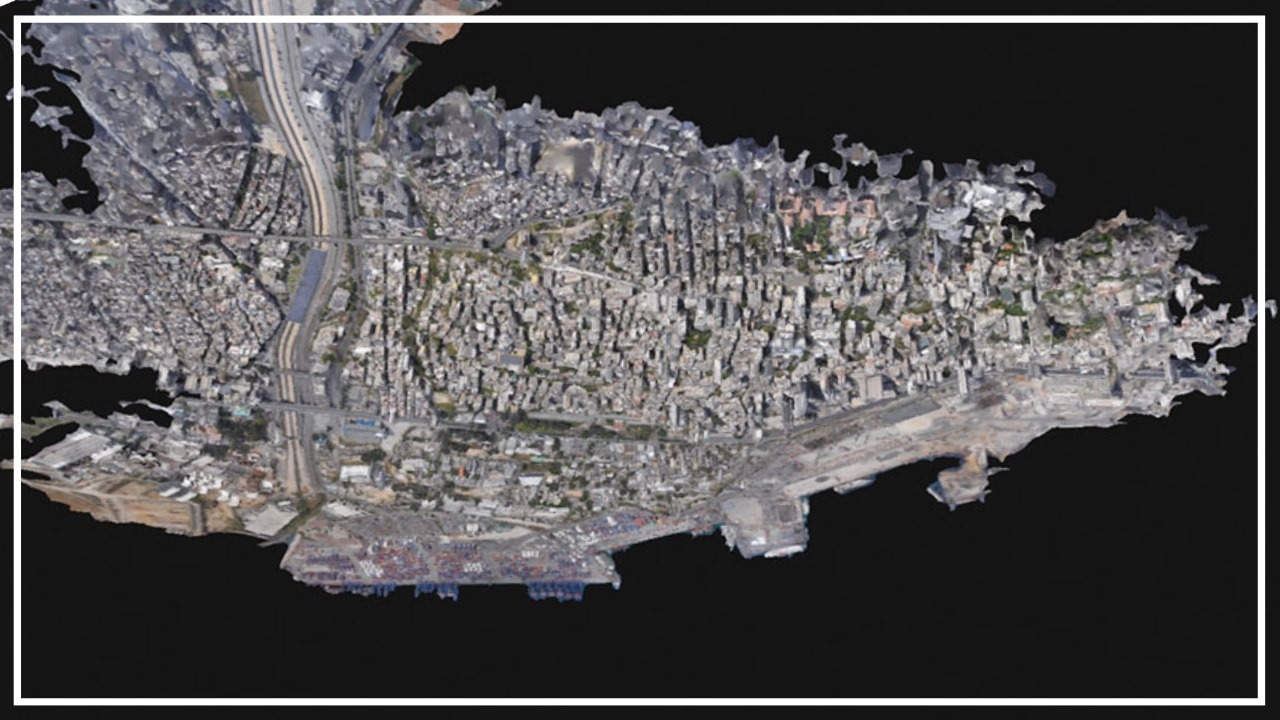
Importance of Photogrammetry in modern society
Photogrammetry has emerged as a transformative technology across diverse industries, revolutionising how we measure, map, and analyse objects and spaces. This innovative technique employs photographs to capture precise measurements and spatial data, generating three-dimensional (3D) models that offer accurate and detailed representations of the physical world. From architecture and construction to archaeology and heritage preservation, photogrammetry has become an indispensable tool in numerous fields.
Understanding Photogrammetry
Photogrammetry entails extracting precise measurements and spatial data from photographs. It involves capturing multiple images of an object or area from different angles and employing specialised software to analyse these images and generate a 3D model. This model provides valuable insights and aids in various applications, enabling accurate measurements, visualisations, and analysis.
Key Importance of Photogrammetry
1. Accuracy and Precision:
Photogrammetry services offer unparalleled accuracy and precision in capturing measurements and spatial data. Unlike traditional surveying methods that may necessitate physical contact with the object or area being measured, photogrammetry allows for remote measurement using photographs, reducing the risk of human error and ensuring highly accurate results. This precision is crucial in industries like architecture and construction, where precise measurements are essential for designing and constructing structures.
2. Cost and Time Efficiency:
Photogrammetry is highly cost and time-efficient compared to traditional surveying methods. It can be performed remotely, eliminating the need for substantial investments in equipment and reducing the time spent on-site. Drones or handheld cameras can capture images swiftly, and automated analysis using specialised software expedites the process of generating 3D models, leading to faster decision-making and project completion.
3. Enhanced Visualisation Capabilities:
Photogrammetry offers a powerful tool for visualising objects and spaces in a three-dimensional format. The detailed and realistic 3D models facilitate better understanding and visualisation of projects before implementation, aiding stakeholders such as clients and investors in making informed decisions based on an accurate representation of the final outcome.
4. Preservation of Cultural Heritage:
Photogrammetry plays a pivotal role in documenting and preserving cultural heritage by capturing 3D models of historical sites, artefacts, and buildings. These models enable research, restoration, and virtual tours, ensuring that our rich cultural heritage is preserved for future generations and enhancing educational experiences related to history and archaeology.
5. Safety and Risk Mitigation:
In industries such as mining, construction, and infrastructure development, safety is paramount. Photogrammetry helps mitigate risks by remotely capturing and analysing data in hazardous environments, reducing potential risks for workers and enabling better planning, monitoring, and decision-making in complex projects.
Applications of Photogrammetry
The applications of photogrammetry are vast and varied, spanning industries such as:
- Architecture and Construction
- Surveying and Mapping
- Archaeology
- Real Estate
- Environmental Monitoring
- Forensics
The Future of Photogrammetry
As technology advances, photogrammetry services continue to evolve. Aerial, satellite, and drone imaging are enhancing the quality and accuracy of photogrammetry data, while automated photogrammetric processing software is speeding up data processing, resulting in more accurate and efficient results. The potential of photogrammetry is vast, and there is still much to explore to uncover its full capabilities. Combining photogrammetry with other technologies like virtual and augmented reality could unlock new opportunities for visualisation, simulation, and analysis.
Conclusion
Photogrammetry services have become indispensable in various industries due to their accuracy, cost and time efficiency, enhanced visualisation capabilities, cultural heritage preservation, and improved safety practices. Embracing this powerful technology allows businesses and organisations to leverage its benefits to achieve their goals efficiently and effectively. The potential applications of photogrammetry are vast, and its future holds exciting possibilities for innovation and growth.

